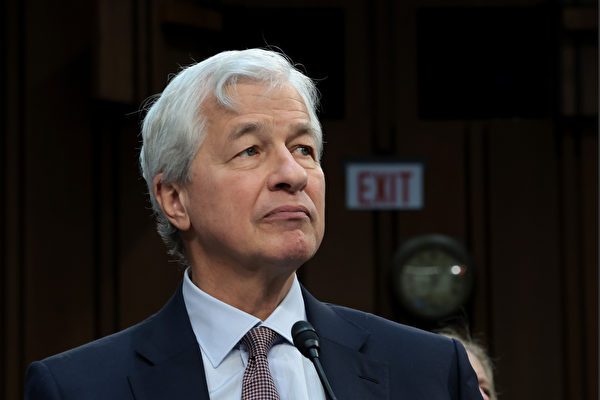JPMorgan Chase Chairman and CEO Jamie Dimon stated on Thursday (May 23) that the possibility of a “hard landing” for the U.S. economy cannot be ruled out.
Speaking at the 20th annual J.P. Morgan Global China Summit in Shanghai, Dimon was interviewed by Sri Jegarajah of CNBC. When asked about the prospect of a hard landing for the U.S. economy, the banking executive said, “Can we really see a hard landing? Of course, how can someone who has read history say it’s not possible?”
He told Jegarajah that the worst-case scenario facing the U.S. economy is “stagflation,” where inflation continues to rise but economic growth slows due to high unemployment rates.
“I’ve looked at this set of outcomes, and I think the worst outcome for all of us is stagflation, meaning higher interest rates, an economic downturn. It means corporate profits will fall, and we’ll get through all of these hardships,” Dimon said. “What I mean is, the world has already gone through this hardship, and I just think the possibility of this is higher than people imagine.”
Dimon also said that even if the economy enters a recession, “consumers are still in good shape.” He pointed out that for the past two years, the U.S. unemployment rate has remained below 4%, while wages, housing prices, and stock prices have been on the rise.
Dimon noted that consumer confidence in the U.S. is currently low, “largely due to inflation.”
The minutes of the May meeting of the Federal Reserve, released on Wednesday, showed that policymakers at the central bank are increasingly concerned about inflation. Members of the Federal Open Market Committee indicated that they lack confidence in easing monetary policy and cutting interest rates.
In his interview on Thursday, Dimon said he believes there is still a possibility for interest rates to rise “a little.”
“I think inflation is more tricky than people imagine. I think the possibility of this is higher than people imagine, mainly because there are still a lot of fiscal and monetary stimulus measures in the system that might still drive some capital flows,” Dimon added.

